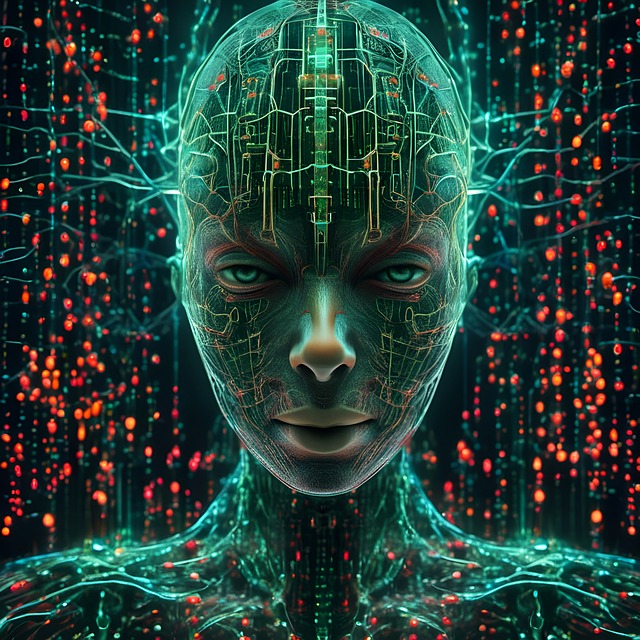The Intersection of AI and Writing: Exploring New Possibilities
In recent years, artificial intelligence (AI) has made significant advancements in various industries, from healthcare to finance. But one area that has seen a particularly intriguing intersection with AI is writing. As technology continues to evolve, so does the role of AI in the writing process. From automated content creation to language translation, AI is revolutionizing the way we approach writing. In this article, we will delve into the intersection of AI and writing, exploring the new possibilities it brings and the potential impact it may have on the future of writing.
The Rise of Automated Content Creation
One of the most significant developments in the intersection of AI and writing is the rise of automated content creation. With the help of natural language processing (NLP) and machine learning algorithms, AI can now generate written content with little to no human involvement. This has been particularly useful in industries such as journalism and marketing, where speed and quantity are crucial.
AI-generated content is not just limited to simple news articles or product descriptions. In recent years, we have seen AI produce more complex forms of writing, such as sports recaps, financial reports, and even short stories. The technology behind these advancements is constantly evolving, with AI now able to understand context, tone, and style, making the content it produces more human-like.
While some may argue that this takes away from the creativity and authenticity of writing, others see it as a valuable tool that can save time and resources. With AI-generated content, writers can focus on more complex and creative tasks, while AI takes care of the more mundane and repetitive ones. It also opens up opportunities for businesses to produce a high volume of content at a fraction of the cost.
Enhancing the Writing Process with AI
Aside from automated content creation, AI is also being used to enhance the writing process itself. With the help of AI-powered tools, writers can now improve their writing skills, identify and correct errors, and even receive suggestions for better word choices. These tools use NLP and machine learning algorithms to analyze written text and provide feedback in real-time.
One example of such a tool is Grammarly, a popular writing assistant that uses AI to check for grammar, spelling, and punctuation errors, and provides suggestions for improvement. Another example is Hemingway, which not only checks for errors but also highlights complex sentences and suggests simpler alternatives. These tools are not meant to replace human editors or proofreaders, but rather to assist writers in producing error-free and polished content.
Moreover, AI is also being used to improve the accessibility of written content. With the help of text-to-speech technology, individuals with visual impairments can now listen to written content, making it more inclusive and accessible. This technology is also beneficial for language learners, as it allows them to hear the correct pronunciation of words and phrases.
The Potential Impact on the Future of Writing
The intersection of AI and writing has opened up new possibilities and has the potential to transform the way we approach writing in the future. With the rise of automated content creation, we may see a shift in the role of writers. As AI becomes more advanced, it may take over the more routine tasks of writing, allowing writers to focus on more creative and complex tasks.
Moreover, with AI-powered tools enhancing the writing process, we may see an improvement in the quality of written content. Writers can use these tools to improve their skills and produce error-free and polished content. This may also lead to a more efficient and streamlined writing process, saving time and resources for both individuals and businesses.
However, as with any technology, there are also concerns about the potential impact of AI on the future of writing. Some argue that the use of AI-generated content may lead to a decrease in the demand for human writers, while others raise concerns about the authenticity and originality of AI-generated content. These concerns highlight the need for ethical considerations and regulations in the use of AI in writing.
In Conclusion
The intersection of AI and writing has brought about new possibilities and has the potential to transform the way we approach writing in the future. From automated content creation to enhancing the writing process, AI is revolutionizing the way we produce and consume written content. While there are concerns about the impact of AI on the future of writing, it is clear that the use of AI in writing is here to stay and will continue to evolve and shape the writing landscape in the years to come.

